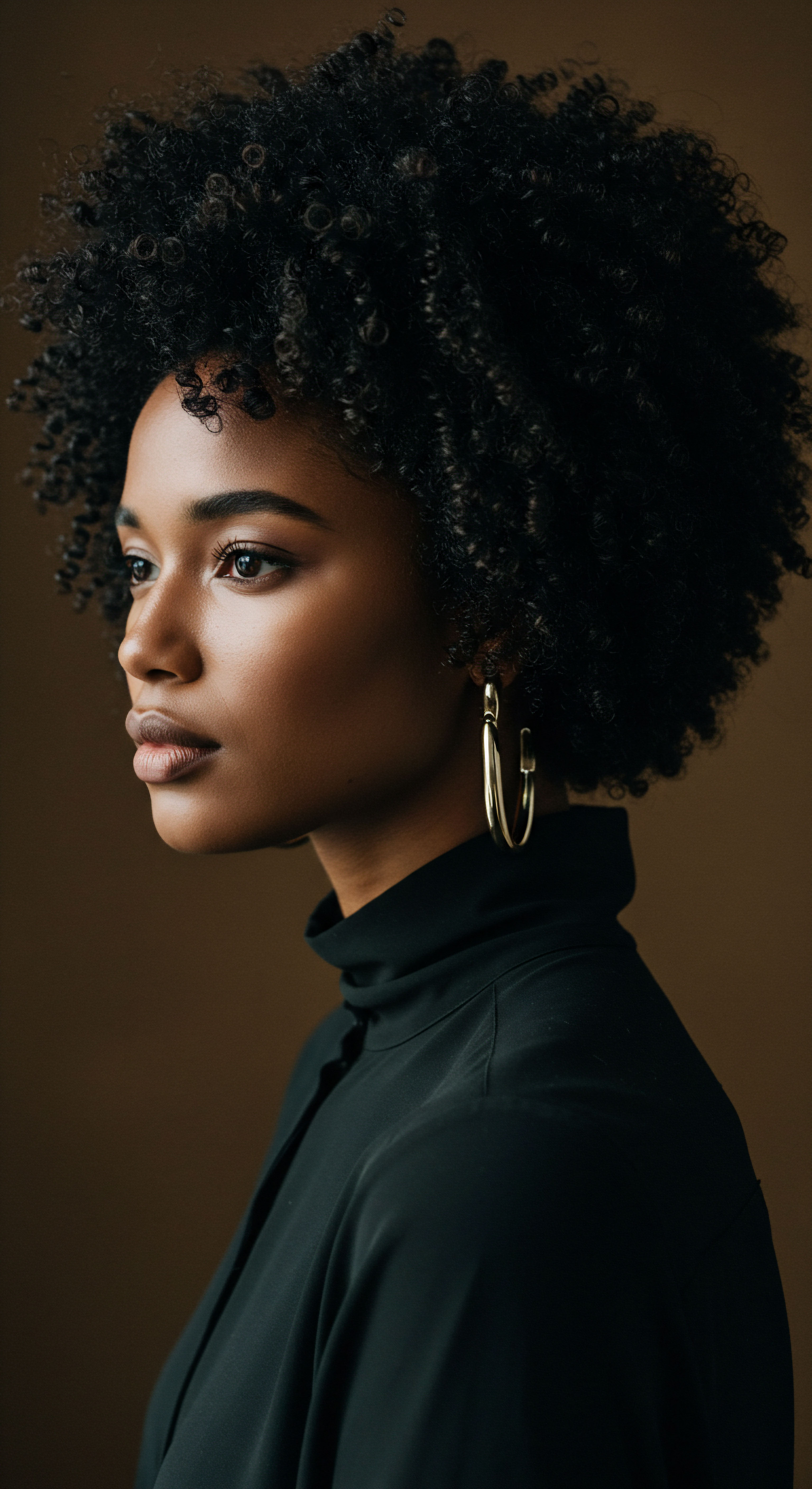
Roots
Consider for a moment the profound connection between humanity and the earth, a relationship whispered through generations, often expressed through the simplest of gestures ❉ tending to one’s hair. Long before bottles lined our shelves, filled with complex formulations, ancient hands reached for what the land freely offered. This deep historical bond with nature’s bounty, particularly with plant oils, forms the very foundation of hair wellness, speaking to an intuitive wisdom that transcends epochs. Our journey into the oils that supported ancient hair is a gentle unwinding of time, revealing not just ingredients, but philosophies of care rooted in respect for natural cycles and inherent beauty.

A Deep Past with Plant Oils
Across continents and through the annals of human history, plant oils stood as pillars of personal care. From the sun-drenched lands of ancient Egypt to the verdant landscapes of the Indian subcontinent, and across the vastness of African plains to the Mediterranean shores, civilizations understood the potent gifts held within seeds, fruits, and nuts. These botanical extracts were not mere conditioners; they were elixirs of life, imbued with properties believed to preserve, strengthen, and beautify hair. The careful selection of these oils was often guided by local availability and empirical observation, passed down through oral traditions and early written records.
Ancient civilizations recognized plant oils as fundamental to hair care, integrating them into daily life with an intuitive wisdom for their beautifying and strengthening properties.

What Plant Oils Sustained Ancient Strands?
The spectrum of plant oils used in antiquity was as diverse as the cultures themselves, each contributing its unique profile of fatty acids, vitamins, and antioxidants. These natural treasures addressed a range of hair needs, from hydration and scalp health to strength and aesthetic appeal. The specific choice of oil often reflected the ecological surroundings and the particular hair types prevalent within a community.
- Castor Oil ❉ Widely documented in ancient Egypt, castor oil was a cornerstone of their hair care regimens. Its thick, emollient nature provided deep conditioning and was believed to promote hair growth and add shine. Cleopatra herself was said to use this oil to maintain her lustrous dark hair.
- Olive Oil ❉ A liquid gold of the Mediterranean, olive oil was a staple for ancient Greeks and Romans. Rich in Vitamin E and antioxidants, it was used to soften hair, prevent split ends, and promote growth.
- Sesame Oil ❉ Revered in Ayurvedic practices in India and utilized in traditional Chinese medicine, sesame oil served as a nourishing agent for the scalp and hair. It was valued for its ability to strengthen hair, prevent graying, and address hair loss.
- Moringa Oil ❉ Known as the “miracle tree” in parts of Africa and India, moringa oil was used for centuries to nourish, moisturize, and heal hair. Its rich composition of proteins, zinc, and vitamins contributed to stronger follicles and enhanced shine.
- Fenugreek Oil ❉ With deep roots in ancient Indian and North African traditions, fenugreek oil was a potent remedy for promoting hair growth, reducing hair fall, and enhancing hair’s natural sheen.

Unearthing Ancient Hair Practices
Archaeological discoveries and historical texts offer compelling glimpses into these ancient hair rituals. For instance, the analysis of residues from ancient Egyptian mummies has provided tangible evidence of the plant oils employed. Research on mummy samples from the seventh century B.C. revealed the presence of an unidentified vegetable oil, possibly olive or castor, alongside beeswax and bitumen, used in embalming processes and likely for hair preservation.
This scientific scrutiny offers a unique window into the material culture of ancient hair care, affirming the sophisticated understanding these civilizations held regarding natural ingredients. The wig of Meryt, an impressive woman’s wig from pharaonic times, still retained traces of perfumed oils, suggesting their use for moisturizing and maintaining hair condition.
Beyond Egypt, the ancient Indian system of Ayurveda, dating back 4000-5000 years, meticulously documented the use of oils like coconut, amla, bhringraj, and neem for scalp health, hair strength, and prevention of premature graying. These practices were not isolated; similar intuitive uses of local botanicals for hair care appeared globally. In North Africa, shea butter, rich in vitamins A, E, and F, was used for moisturizing hair and scalp, often mixed with other plant-based ingredients like Chébé powder for length retention. The consistency of these findings across disparate cultures highlights a universal recognition of plant oils’ inherent benefits for hair.

Ritual
Stepping from the quiet wisdom of ancient plant oils, we find ourselves at the threshold of ritual, where knowledge transforms into practice. Our modern lives, often hurried and disconnected from the natural world, can find solace and efficacy in understanding these ancestral routines. The ancient world did not simply possess these oils; they integrated them into daily or periodic acts of care, recognizing hair as a living extension of self, deserving of mindful attention. This section invites us to consider the practical wisdom of these historical applications, moving beyond mere ingredient lists to the profound actions that shaped ancient hair health.

Applying Ancient Wisdom to Modern Hair
The application of plant oils in ancient times was far from a casual act. It often involved warming the oils, massaging them into the scalp, and allowing them to sit for extended periods, sometimes overnight. This deliberate process allowed the rich nutrients to deeply penetrate the hair shaft and scalp, promoting circulation and overall vitality. These methods, refined over centuries, speak to a deep understanding of hair’s needs, even without the benefit of modern scientific instruments.
Ancient hair care rituals, often involving warmed oils and prolonged scalp massages, highlight a deliberate, intuitive approach to hair wellness.

How Did Ancient People Use Plant Oils for Hair?
The methods of applying these oils varied regionally, reflecting local customs and the specific properties of the oils themselves. Yet, common threads of intentionality and a holistic view of hair health connected these diverse practices.
- Scalp Massage and Deep Conditioning ❉ A prevalent practice across many cultures was the warm oil scalp massage. In India, the Ayurvedic practice of ‘champi’ involved massaging warm herbal oils like sesame, coconut, and castor into the scalp to stimulate blood flow, nourish roots, and promote relaxation. This practice was not solely for hair; it was a holistic wellness ritual, believed to calm the mind and body. Ancient Egyptians also used hot oil wraps infused with castor oil, massaging them into the scalp to ensure deep penetration of nutrients.
- Hair Masks and Treatments ❉ Oils were often combined with other natural ingredients to create potent hair masks. Egyptians mixed castor oil with honey and herbs to create masks that promoted growth and added shine. Greeks and Romans infused olive oil with herbs like rosemary and lavender to enhance its properties for hair and scalp treatments.
- Protective Styling and Styling Aids ❉ Beyond nourishment, oils served as styling aids. They were used to untangle hair, add shine, and tame frizz, particularly for Mediterranean women using olive oil. While not strictly oils, ancient Egyptians even used fatty materials to preserve hairstyles, indicating a desire for both health and aesthetic hold.

The Significance of Intentional Application
The efficacy of these ancient practices extended beyond the chemical composition of the oils. The ritualistic nature of application, the mindful touch of massage, and the dedication of time to self-care played a significant role. This intentionality created an environment where hair could truly benefit, both physically and energetically.
For textured hair, which often requires consistent moisture and gentle handling, these historical approaches offer a powerful reminder of slow, deliberate care. The rich fatty acids in oils like castor and moringa provided the essential lubrication and conditioning that helps prevent breakage in delicate coils and curls.
The very act of oiling became a moment of connection – to self, to heritage, and to the earth. This mindful engagement, a quiet pause in the day, allowed the properties of the plant oils to truly take hold, fostering resilience and vibrancy in the hair.
| Plant Oil Castor Oil |
| Primary Ancient Uses for Hair Growth stimulation, shine, deep conditioning, strengthening |
| Key Nutritional Components Ricinoleic acid, Omega-9 fatty acids, Vitamin E |
| Plant Oil Olive Oil |
| Primary Ancient Uses for Hair Softening, frizz reduction, split end prevention, shine |
| Key Nutritional Components Oleic acid, Vitamin E, Antioxidants |
| Plant Oil Sesame Oil |
| Primary Ancient Uses for Hair Scalp nourishment, hair strengthening, graying prevention |
| Key Nutritional Components Omega-3, Omega-6 fatty acids, Copper, Iron, Zinc |
| Plant Oil Moringa Oil |
| Primary Ancient Uses for Hair Moisturizing, healing, follicle strengthening, shine |
| Key Nutritional Components Proteins, Zinc, Silica, Vitamins A, C, E, Fatty acids |
| Plant Oil Fenugreek Oil |
| Primary Ancient Uses for Hair Hair growth, hair fall reduction, enhanced sheen |
| Key Nutritional Components Proteins, Nicotinic acid, Folic acid, Vitamins A, C |
| Plant Oil These oils, revered in antiquity, provided comprehensive care for diverse hair needs. |
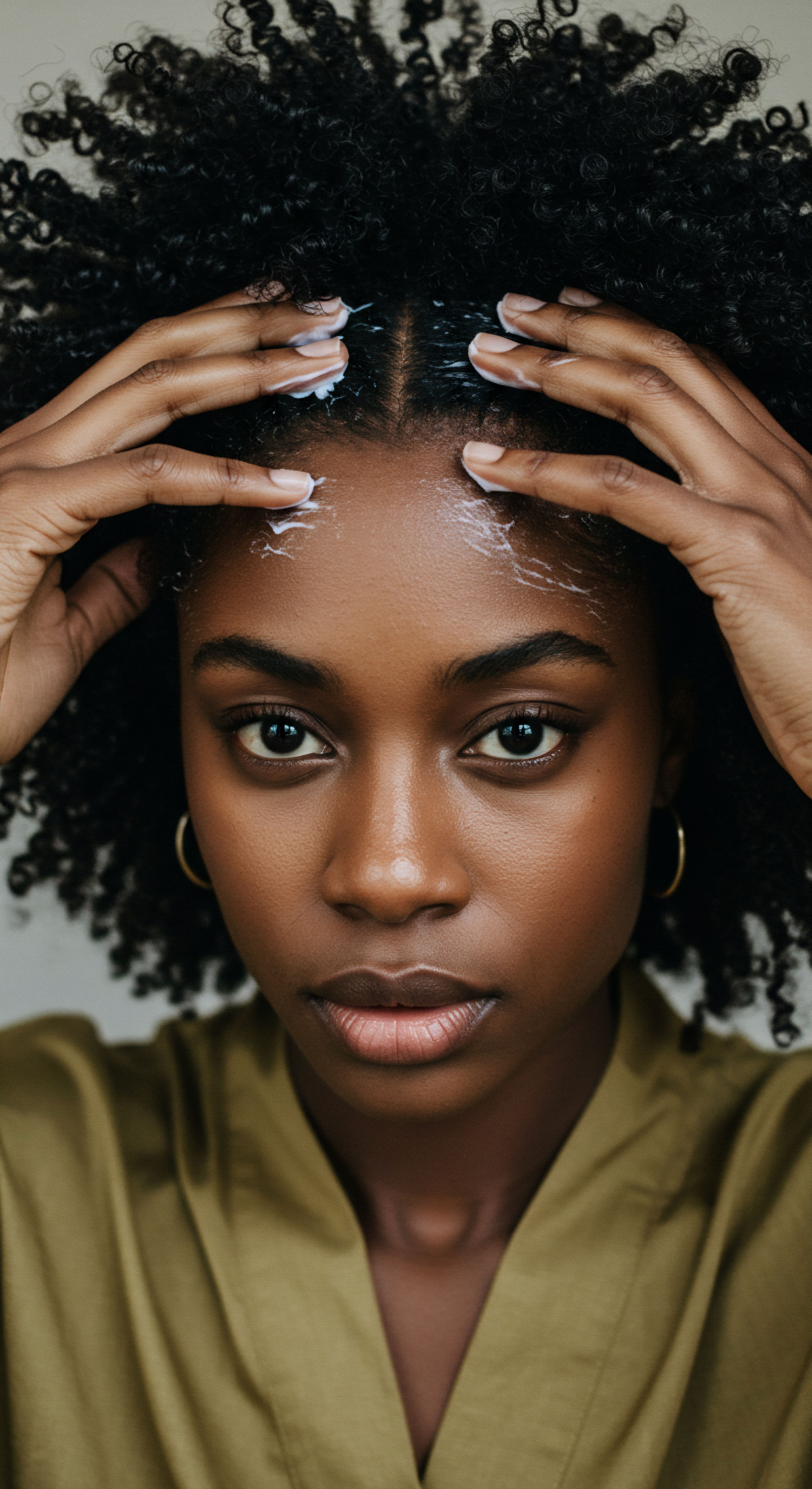
Relay
As we move from the intimate sphere of ritual, we encounter the vast, interconnected tapestry of human knowledge and cultural exchange. How did these ancient understandings of plant oils for hair transcend geographical boundaries and time, continuing to shape our perceptions of beauty and wellness today? This section considers the deeper currents that carried these botanical secrets across civilizations, highlighting the scientific underpinnings that now validate what was once intuitive wisdom, and revealing the sometimes surprising ways these traditions persisted and evolved.

The Persistent Wisdom of Ancient Botanicals
The enduring presence of these plant oils in modern hair care is a testament to their inherent efficacy, now increasingly supported by contemporary scientific investigation. What ancient cultures discerned through generations of observation and practice, modern science can often explain at a molecular level. This bridge between ancient wisdom and scientific validation provides a compelling argument for revisiting these foundational ingredients.
The longevity of plant oil use in hair care speaks to an inherent efficacy, now frequently supported by modern scientific understanding.
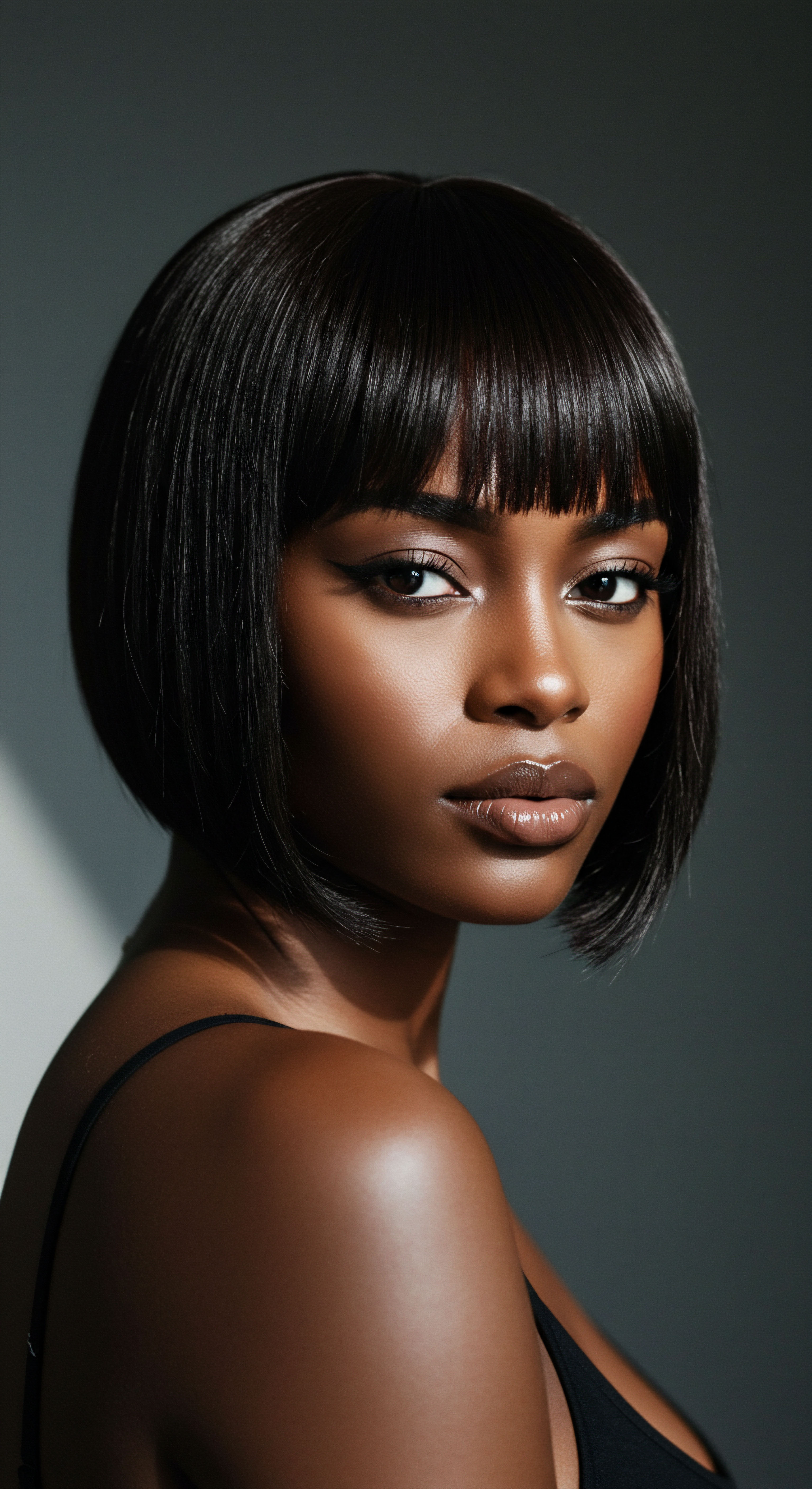
Can Modern Science Validate Ancient Hair Practices?
Indeed, the scientific community has begun to unravel the complex biochemical reasons behind the success of these ancient remedies. For instance, studies on Coconut Oil, a staple in many ancient Indian hair care traditions, highlight its ability to penetrate the hair shaft, thereby reducing protein loss and improving overall hair structure. This deep penetration, a characteristic not shared by all oils, makes it particularly effective for maintaining hair integrity. Similarly, the ricinoleic acid in Castor Oil, so valued by the Egyptians, is now being explored for its potential role in decreasing the expression of prostaglandin D2 in the scalp, a compound that can negatively influence hair growth.

Beyond the Obvious ❉ Unexpected Insights from Ancient Hair
A striking example of how deeply rooted these practices were, and how modern analysis can reveal subtle nuances, comes from a study published in the journal Nature in 2023. This research involved the analysis of organic contents from 31 ceramic vessels found in a 26th Dynasty embalming workshop at Saqqara, Egypt. While the primary purpose of these balms was mummification, the findings offer indirect yet compelling insights into ancient Egyptian hair care.
The study identified specific mixtures, including plant oils (likely olive or castor), beeswax, and various resins, used to treat the head and wrappings. What is particularly noteworthy is the discovery of ricinoleic acid, a marker for Castor Oil, alongside a substantial amount of oleic acid, indicating a possible mixture with other oils.
This scientific examination goes beyond merely identifying ingredients; it begins to infer their purpose. The presence of these substances in embalming balms, designed for preservation and often applied to hair and scalp, suggests a sophisticated understanding of their antimicrobial, antifungal, and moisturizing properties. This underscores that the ancients were not just concerned with superficial beauty but also with the underlying health and integrity of the hair and scalp, even in death. The deliberate choice of certain oils and resins for the head, compared to other body parts, speaks to a targeted application, hinting at a specialized hair treatment within the broader context of preservation.
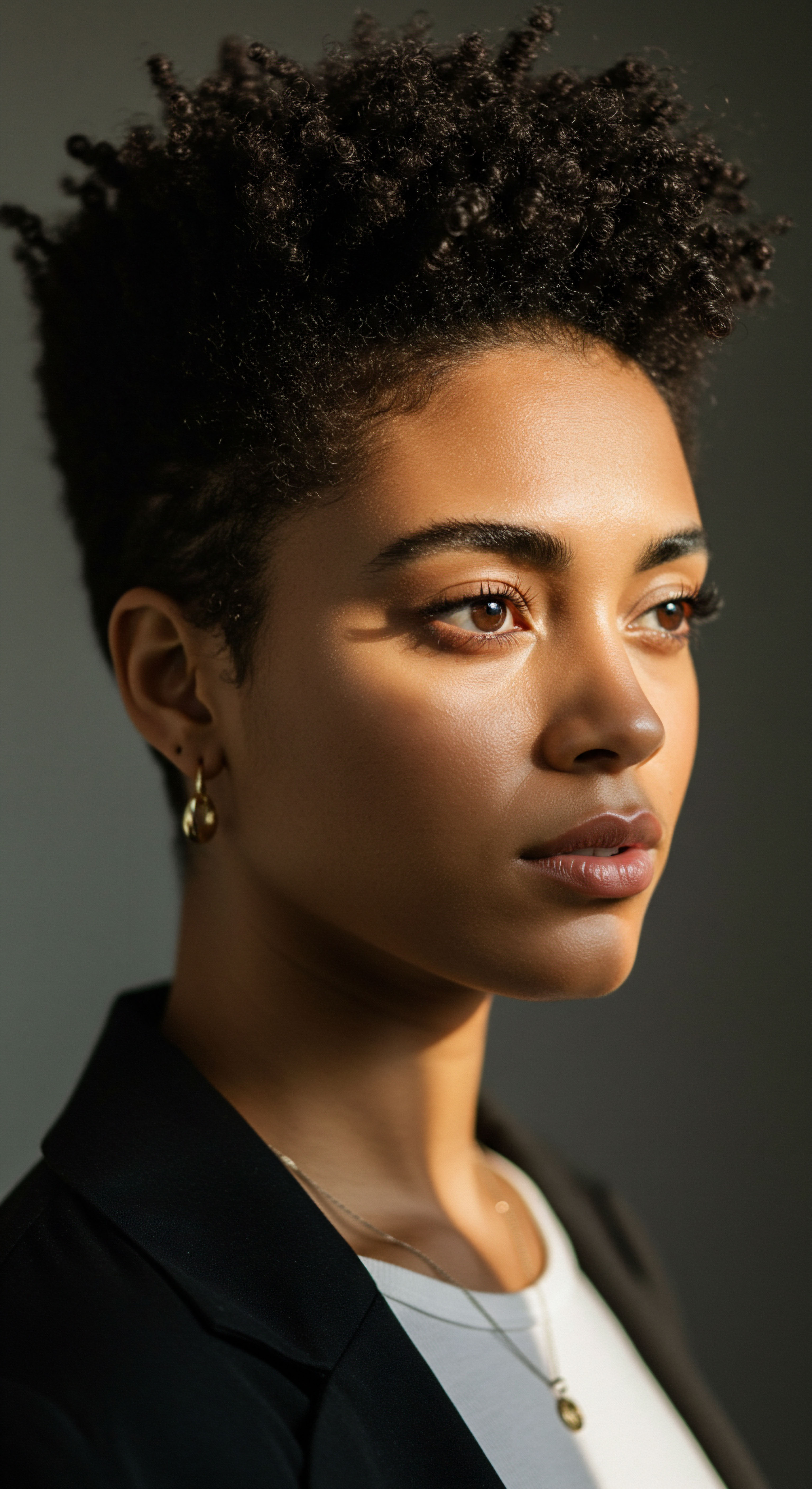
Cultural Currents and Shared Wisdom
The exchange of knowledge across ancient trade routes and cultural interactions played a significant role in the dissemination of these plant oil practices. While some oils were indigenous to specific regions, others, like Sesame Oil, traveled widely, finding acceptance in diverse healing systems from Ayurveda to Traditional Chinese Medicine, and eventually influencing hair care practices across Asia, the Middle East, and parts of Africa. The commonality of certain oil uses, despite vast geographical distances, suggests a shared human experience of discovering and valuing nature’s provisions for hair health.
Consider the Andean regions of South America, where indigenous communities, long before colonial contact, utilized plants like the Chuho and Saqta root for washing hair, producing a natural lather. While these may not be “oils” in the strict sense, their inclusion highlights a universal ingenuity in leveraging botanical resources for hair cleansing and care, often with secondary benefits like preventing gray hair. This broader perspective reveals that the wisdom of ancient hair care extended beyond just oils to a wider array of plant-derived solutions.
The ongoing relevance of these historical practices, validated by both anecdotal success and scientific inquiry, offers a powerful narrative for contemporary hair care. It encourages us to look beyond fleeting trends and rediscover the profound efficacy of ingredients that have stood the test of millennia, particularly for textured hair, which often benefits immensely from natural, moisture-rich formulations.

Reflection
As we conclude our exploration into the plant oils that supported ancient hair, a quiet truth settles ❉ the wisdom of the past, far from being a relic, remains a guiding light. The delicate balance struck by ancient cultures, honoring nature’s gifts with thoughtful application, offers a profound counterpoint to the hurried rhythms of modern life. We find ourselves invited to pause, to feel the echoes of hands tending to strands with reverence, understanding that hair care was not merely a chore, but a deeply rooted expression of self-respect and connection to the living world. The gentle, pastel lady of Roothea, with her grounded presence, finds kinship in this timeless dance between earth and strand, reminding us that true radiance often springs from the simplest, most enduring sources.
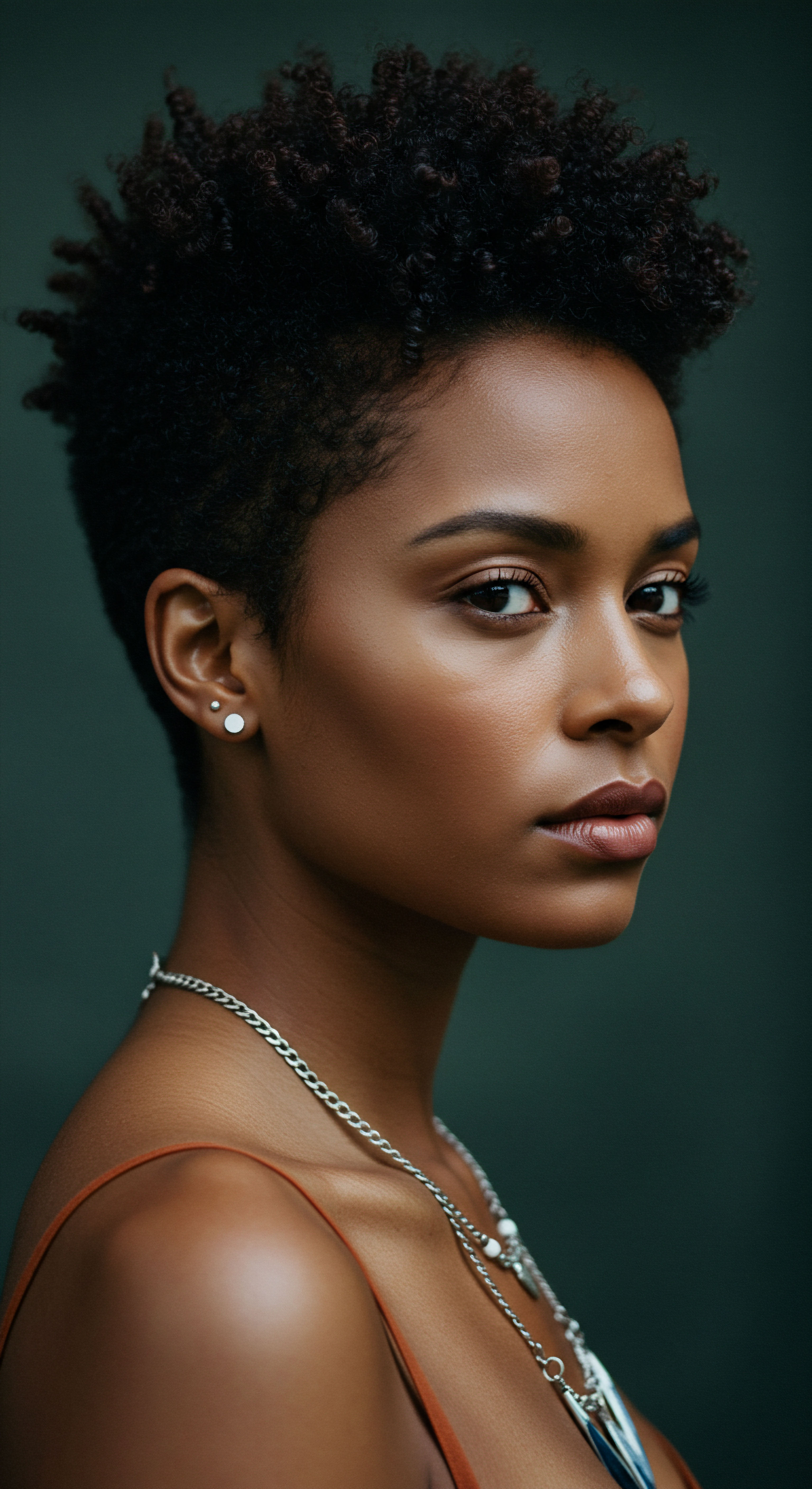
References
- Abdull Razis, A. F. Ibrahim, M. D. & Kntayya, M. N. (2014). Health benefits of Moringa oleifera. Asian Pacific Journal of Cancer Prevention, 15(20), 8571-8577.
- Charaka Samhita. (1st Century CE).
- Ebers Papyrus. (circa 1550 BC).
- Estrella, A. S. et al. (2000). Journal of Ethnopharmacology, 71(1-2), 167-172.
- Fahey, J. W. (2005). Moringa oleifera ❉ A review of the medical evidence for its nutritional, therapeutic, and prophylactic properties. Trees for Life Journal, 1(5), 1-15.
- Gopalakrishnan, L. Doriya, K. & Kumar, D. S. (2016). Moringa oleifera ❉ A review on nutritive importance and its medicinal application. Food Science and Human Wellness, 5(2), 49-56.
- Junaid, M. et al. (2015). Pharmacological evaluation of Moringa oleifera for its hair growth promoting activity. Journal of Ethnopharmacology, 172, 18-25.
- Pant, S. et al. (2021). Moringa oleifera ❉ A review of its traditional uses, phytochemistry, and pharmacology. Journal of Medicinal Plants Research, 15(1), 1-12.
- Rageot, M. Hussein, R. B. Beck, S. & Stockhammer, P. W. (2023). Biomolecular analyses enable new insights into ancient Egyptian embalming. Nature, 614(7948), 287-293.
- Ramayana. (Ancient Indian Sanskrit Epic).
- Schiaparelli, E. (1927). La Tomba Intatta dell’ Architetto Kha nella Necropoli di Tebe. Turin.
- Shetty, N. et al. (2018). Hair conditioning effect of Moringa oleifera seed oil. International Journal of Pharmacy and Pharmaceutical Sciences, 10(4), 101-104.
- Sushruta Samhita. (6th Century BCE).
- The Vedas. (1500-500 BCE).